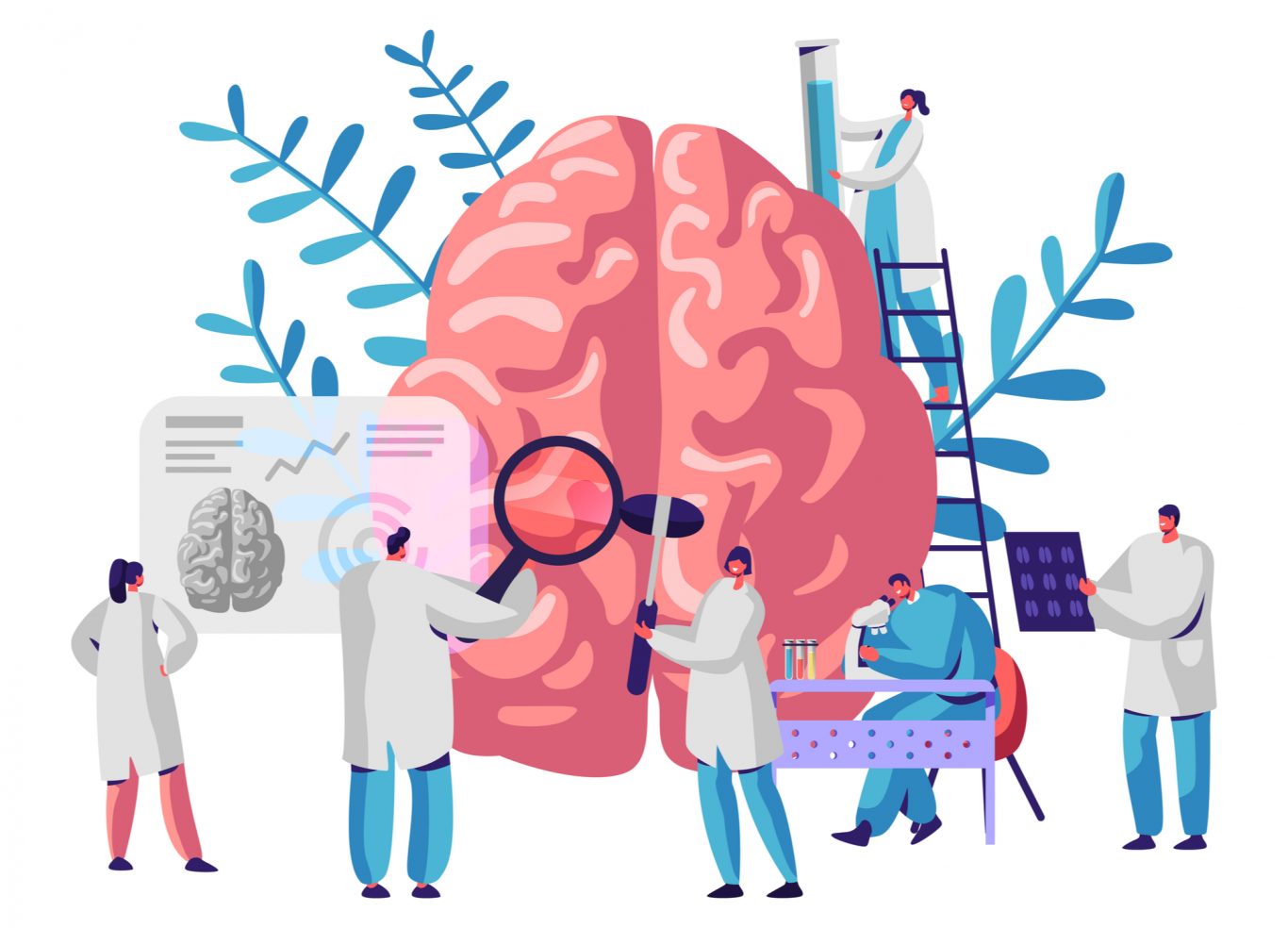A new study has shown for the first time that low oxygen levels in the brain reduce the body’s ability to fight the onset of Alzheimer’s disease. The study also suggests that low oxygen levels can increase the risk of developing disorders associated with Alzheimer’s, including cardiovascular diseases.
The study’s findings appear to correlate with other research showing a connection between low oxygen levels in the brain and the onset of Alzheimer’s disease. This includes recent studies that show hyperbaric oxygen treatment (HBOT) can improve function in those who have suffered brain damage.
The Cells That Protect Cognitive Function
The new study, published in the journal Nature Aging, found that low oxygen levels (called hypoxia) damage microglial cells. These cells, when undamaged, are the main component of an immune system that surrounds amyloid plaque clusters that form in the spaces between nerve cells in the brain.

When microglia cells surround these plaques, it prevents them from spreading throughout the brain and contains the damage they cause.
The plaque clusters, along with abnormal knots of protein in neurons called tau tangles, is associated with onset of Alzheimer’s. Without properly functioning microglial cells, the brain struggles to combat buildup of highly toxic plaque, which the study called “senile plaques.”
The mitochondrial activity of microglial cells is compromised with increased HIF1 levels, limiting their capacity to provide protection against disease, according to a news release on the research from the University of Seville in Spain, which conducted the study.
In addition to impacting the plaque-fighting abilities of microglial cells, the study also suggested that lack of oxygen in the brain increases the risk of disorders associated with Alzheimer’s. They include atherosclerosis and other cardiovascular diseases characterized by low systemic oxygen levels.

What This Means For Those Who Are Aging
For those concerned about oxygen levels in the brain, they likely will come across the term hypoxia. Many studies in this area use the term to describe both hypoxemia (low oxygen levels in the blood) and hypoxia (low oxygen levels in bodily tissues). These are critical issues when associated with the brain, which uses more than 20% of all oxygen taken in by the body.
For seniors concerned about the potential for cognitive impairment, the bottom line is the same: low levels of oxygen are not good for cognitive health. Fortunately, people can take steps in their lives that lead to better oxygen flow to the brain.
For example, research has shown that exercise, even short walks, increases respiration that leads to more blood flowing into the brain, carrying oxygen with it. A healthy diet and routinely practicing yoga, which focuses on deep breathing, can also help keep the brain oxygenated.
Many also have turned to HBOT therapy. The process increases oxygen flow to the brain and has proven successful in treating victims of stroke, vascular dementia and anoxic brain damage. Recent studies also have shown it can improve cognitive function and also reverse biological aging.
